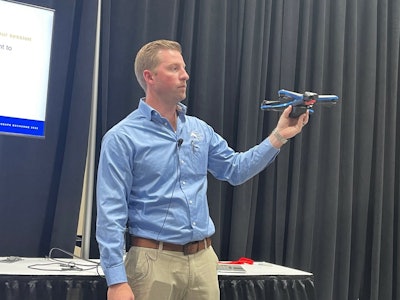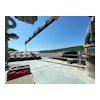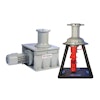
Austin Carpenter, sales and marketing manager, with Clear Creek & Associates in Goshen, IN, spoke about drone regulation and technology during an Innovation Station at GEAPS Exchange 2022 in Kansas City.
Drones can do everything from taking simple photos and videos to 3D scanning and pesticide spraying. But there are rules and regulations to keep in mind if you decide to pilot one of these units.
There is a difference for piloting a drone for fun and for profit, says Carpenter. Even if you’re piloting for fun, you’ll need a recreational certificate and license.
In order to fly your drone under the FAA 's Small UAS Rule (Part 107), you must obtain a Remote Pilot Certificate from the FAA. This certificate demonstrates that you understand the regulations, operating requirements and procedures for safely flying drones.
Carpenter also pointed out a handy app – B4UFLY – that is a great resource to check for temporary flight restrictions in your area.
“The app will tell you where and high how you can fly,” he says. “Fines can be heavy if you don’t follow the rules and regulations. Make sure you know those before piloting a drone.”
New technology available
Carpenter says drone technology is changing all the time.
New technology for drones now includes autonomous flying within a geofence, 3D scanning and even pesticide application.
There is also a drone in a box, which is an efficient way to get regular updates for building projects or measure grain piles during harvest.
“Simply by hitting a button, the drone will launch and do it’s thing,” says Carpenter.
Carpenter also highlighted a drone in a cage. Designed to fly along structural steel, the unit can bump it into objects and continue to fly.
The last drone Carpenter talked about was a unit that has the capability to hold eight gallons of fluid and cover a 40-acre plot.
“This drone can go out, map the area and come back to get reloaded,” says Carpenter.


















